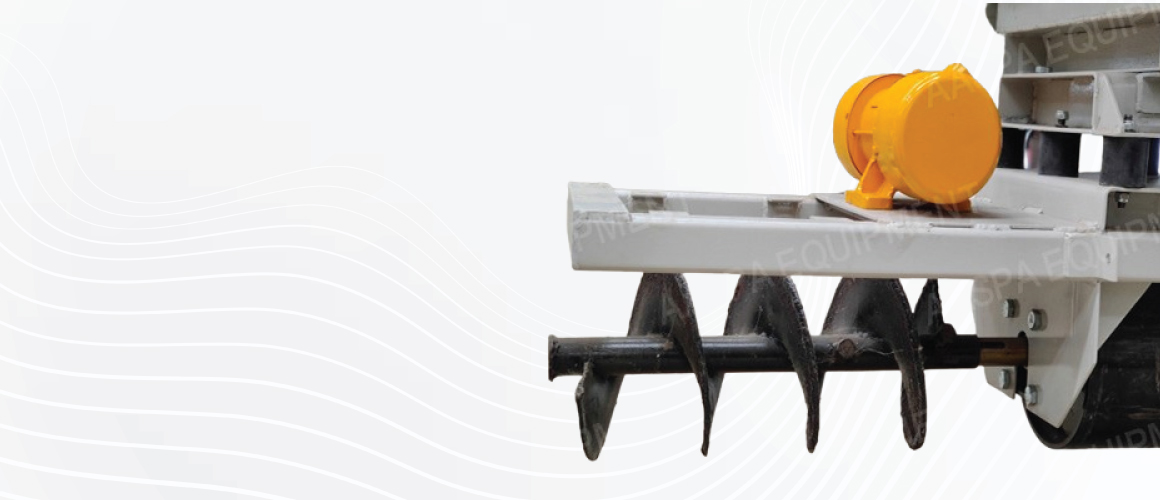How Are Canal Pavers Being Used in Building Drainage Networks for Industrial Estates?

Managing water in industrial estates isn’t just about controlling occasional rainfall—it’s about creating a robust system that can handle heavy runoff, chemical discharge, and sudden surges during extreme weather events. Traditional concrete channels and underground pipes are no longer the only solutions. Canal pavers are steadily becoming a go-to material for open drainage systems, especially in spaces that require both durability and ease of maintenance.
Let’s explore how canal pavers are finding their way into the planning and construction of industrial drainage networks—and why they’re proving to be a reliable, long-term option.
The need for better drainage systems in industrial zones
Industrial estates deal with a unique set of water management challenges that aren’t typically seen in residential or commercial areas. These include:
- Large surface areas with non-permeable surfaces
- High volumes of wastewater and stormwater runoff
- Risk of chemical spills and contaminant leaching
- Movement of heavy vehicles and machinery over or near drainage paths
This requires a drainage solution that doesn’t just carry water away—it needs to be structurally strong, easy to maintain, and capable of lasting under intense load and environmental stress.
What makes canal pavers suitable for industrial drainage?
Originally designed for agricultural and municipal canal linings, canal pavers are prefabricated units that can be laid to form open channels. Their load-bearing strength, modular design, and resistance to erosion make them highly applicable in industrial infrastructure.
Key features that make them a solid fit include:
- High structural strength to withstand machinery and vehicle loads
- Chemical resistance to prevent surface degradation from industrial runoff
- Ease of access for cleaning, repairs, and inspections
- Customizable profiles for different slope and flow requirements
Unlike cast-in-place concrete drains, canal pavers offer faster installation, lower labor demands, and better long-term serviceability.
Advantages of using canal pavers in industrial drainage networks
When implemented correctly, canal pavers help solve multiple drainage-related challenges in one go. Here’s what they bring to the table:
1. Strong load-bearing capacity
Canal pavers are built to handle hydraulic pressure and weight from heavy vehicular movement. In industrial estates where forklifts, trucks, and other machinery are a norm, this feature prevents surface deformation or collapse over time.
2. Faster installation and scalability
Pre-cast canal pavers are modular and easier to install compared to traditional reinforced concrete channels. This reduces construction downtime, especially beneficial for operational industrial zones looking to upgrade their drainage systems without halting production.
3. Surface stability and erosion resistance
Thanks to their interlocking design and concrete composition, canal pavers stay firmly in place, even under high flow velocity. This is crucial in areas prone to flash flooding or where drainage paths carry industrial discharge with abrasive particles.
4. Easy maintenance and cleaning access
One of the biggest advantages of open canal paver-based drains is visibility and accessibility. Instead of lifting slabs or digging through soil, maintenance crews can easily remove debris or sediments and inspect for blockages or wear.
5. Flexibility for on-site modifications
Canal pavers can be cut or adapted to fit custom slopes, curves, or branch drains. This allows site engineers to work around space constraints or integrate the drains into existing layouts without major redesigns.
Where canal pavers fit best in industrial estates?
Industrial sites have multiple zones that require separate drainage paths based on usage. Here’s where canal pavers are being effectively deployed:
- Peripheral stormwater channels around boundary walls or loading docks
- Wastewater discharge paths for process water or treated effluents
- Catchment zones near roof downpipes or surface runoff collection points
- Roadside drains where heavy vehicle movement is expected
- Temporary diversion drains during construction or plant upgrades
In each case, the open and durable nature of canal pavers provides both form and function—ensuring water moves where it should without compromising the integrity of the surrounding structures.
Design and installation factors to consider
While canal pavers offer plenty of advantages, proper installation is critical to ensuring long-term performance. Key design and execution considerations include:
- Proper bedding and compaction to prevent settling or joint gaps over time
- Inclusion of sidewalls or edge restraints to prevent lateral movement
- Chemical-resistant coatings in zones exposed to oils, solvents, or harsh runoff
- Slope calibration to ensure self-cleaning velocity is maintained
- Sediment traps or grates at junctions or entry points to control debris inflow
It’s also important to select paver types that match the intended load class—light-duty for walkways, medium-duty for forklift zones, and heavy-duty for truck routes.
Long-term benefits for estate operators and developers
Investing in canal paver-based drainage networks offers multiple downstream benefits for industrial park developers and estate operators:
- Lower long-term maintenance costs due to easier access and cleaning
- Reduced flood risk from improved flow capacity and sediment handling
- Better visual inspection without excavation or disruptive repairs
- Compliance with environmental discharge standards thanks to open access for monitoring and treatment systems
And perhaps most importantly, it helps prevent infrastructure wear that could lead to downtime, contamination risks, or operational delays.
Conclusion
Canal pavers are no longer limited to farmland or rural water channels—they’re being actively adopted in industrial estate drainage networks for all the right reasons. With their structural strength, ease of maintenance, and adaptability to on-ground conditions, they offer a solid solution for efficient and resilient water management.
For any estate developer or operations manager looking to upgrade or design a long-lasting drainage solution, canal pavers are well worth considering as a practical alternative to conventional systems.
Still missing something to understand in your case? – Let’s talk. Write us a line at info@aaspaequipment.com
